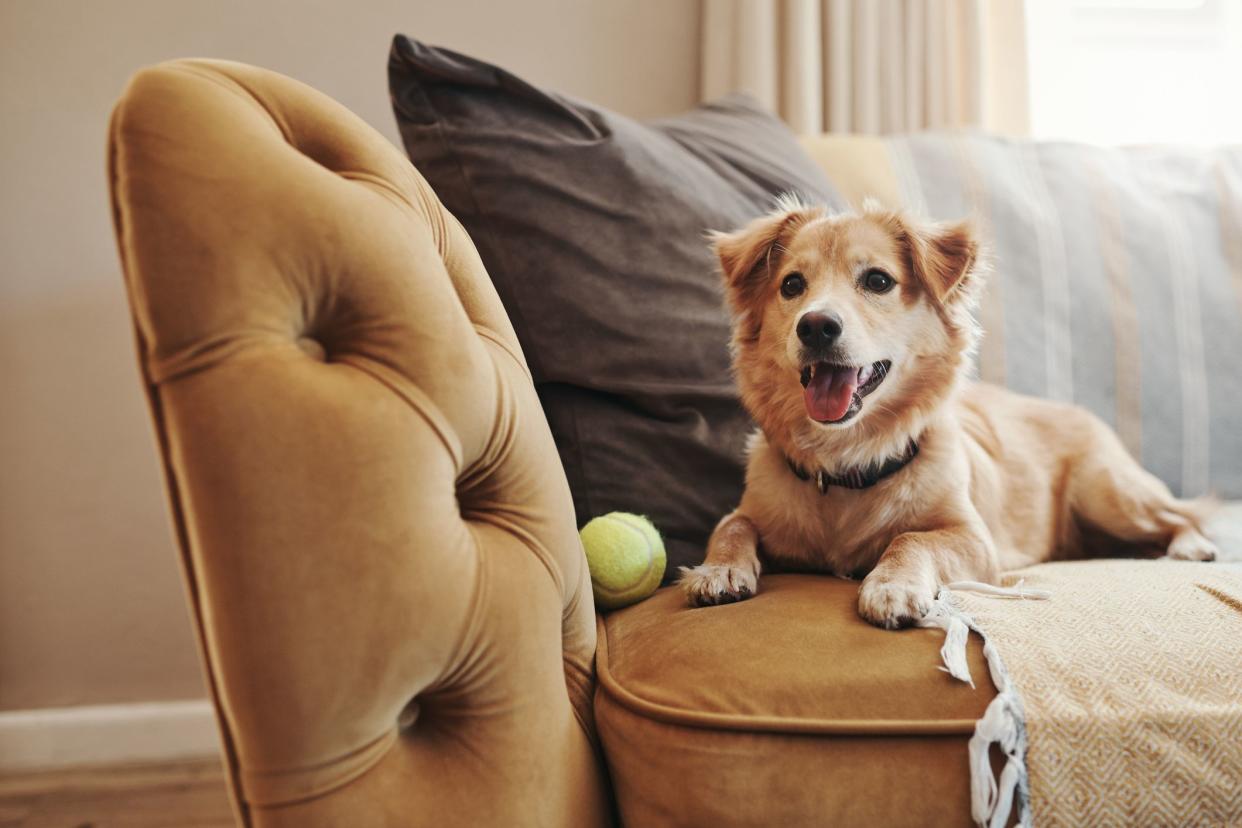12 Plants That Are Toxic to Cats and Dogs
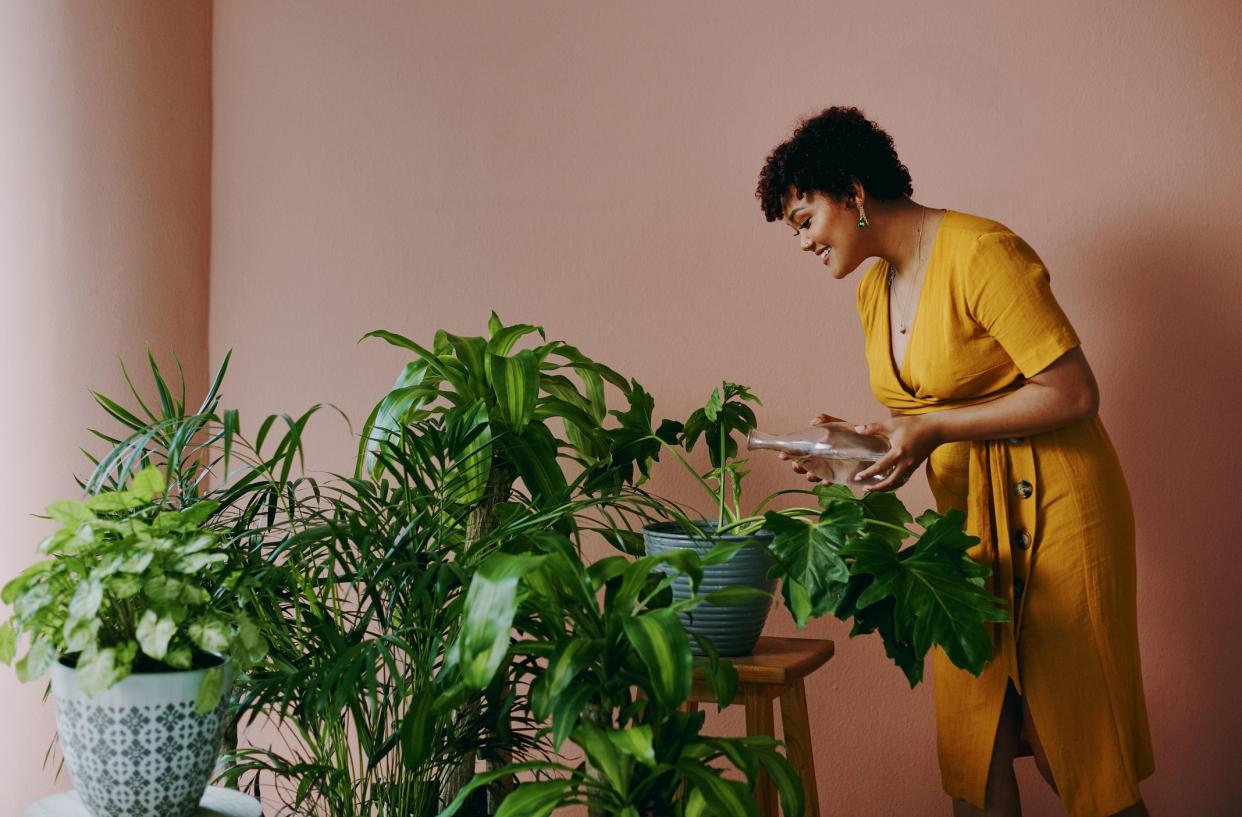
Houseplants and gardens are good additions to most homes. They can elevate your aesthetic, improve the quality of indoor air, and may even help reduce stress and improve focus, studies show. Some may carry toxic substances that are unsafe for pets, though. Here are 12 to stay away from if you have furry pals at home.
Related: Cheap Pets That Are Easy to Take Care Of
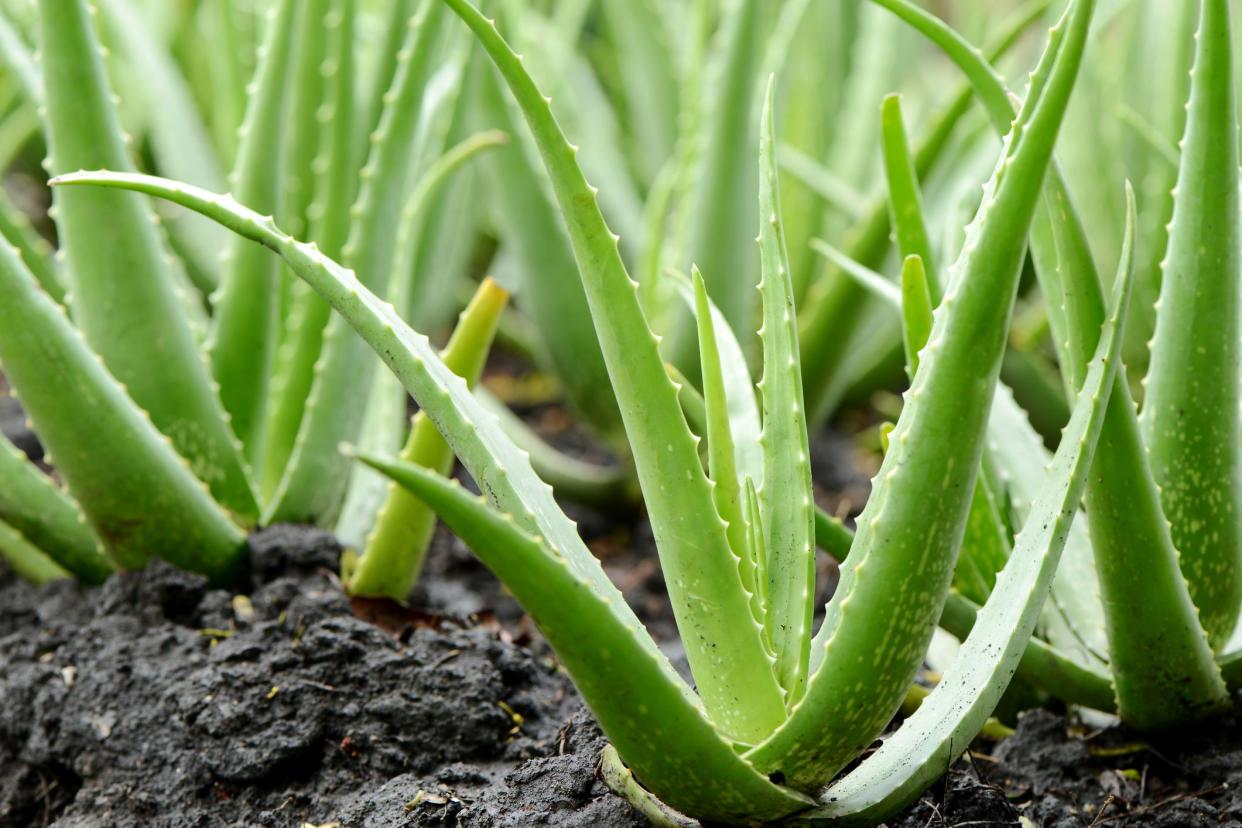
Known for healing properties that help soothe burns and reduce inflammation, aloe is also great for promoting healthy skin and hair in humans. The plant does not have the same benefits for pets: The saponins in aloe vera can cause cause vomiting, diarrhea, lethargy, and tremors in dogs and cats.
Related: Dogs vs. Cats — Which Makes the Best Pet?

These star-shaped flowers are beautiful to look at and emit a pleasant fragrant reminiscent of vanilla and jasmine tea. Lilies are unfortunately also highly toxic for pets (particularly cats), and can cause liver or kidney damage even if tiny amounts are ingested.
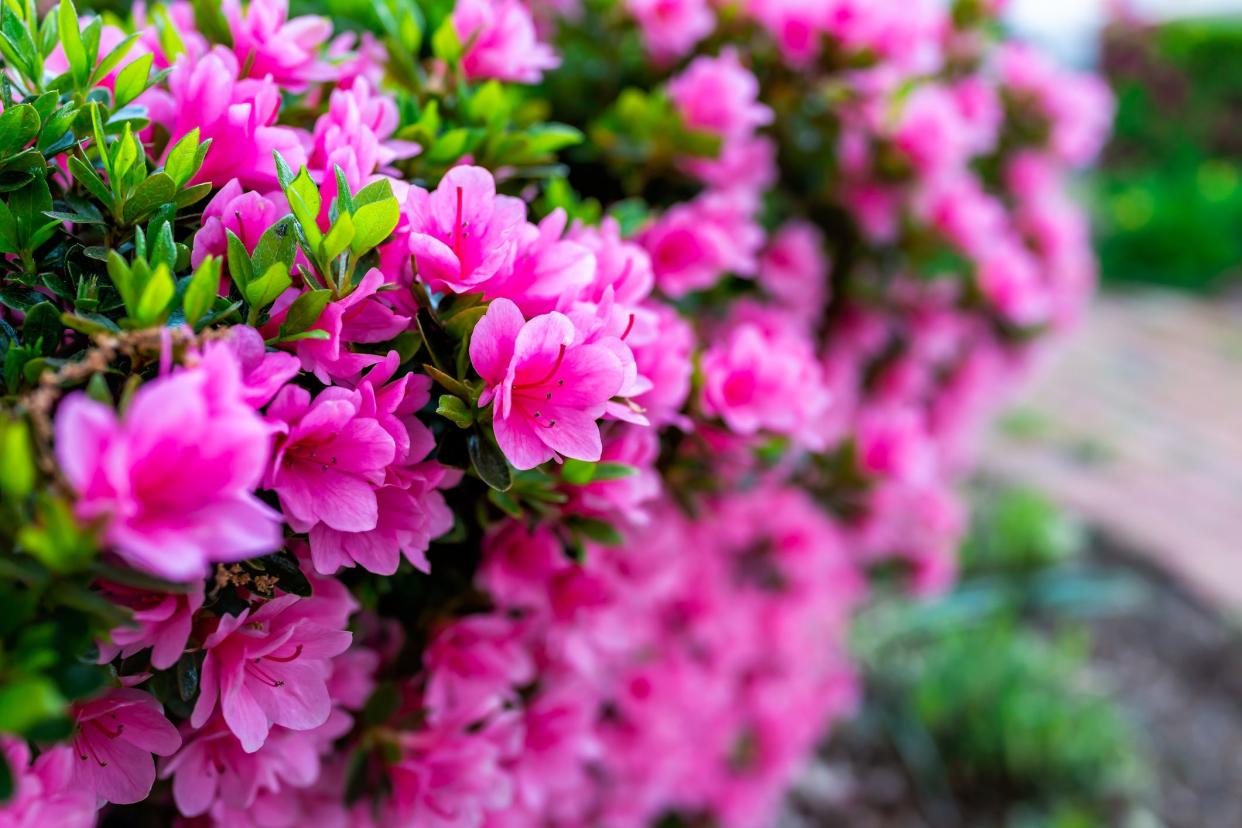
Part of the rhododendrons floral family, azaleas are highly toxic to pets when ingested. Eating even a few leaves can result in vomiting, diarrhea, and excessive drooling; without immediate veterinary intervention, the pet could start seizing, fall into a coma, or even die.

Commonly sold in supermarkets, cyclamen is a beautiful houseplant also known as the Persian violet, or Sowbread. The tubes and roots of the plants contain high amounts of saponins — highly toxic to cats and dogs when chewed or ingested.
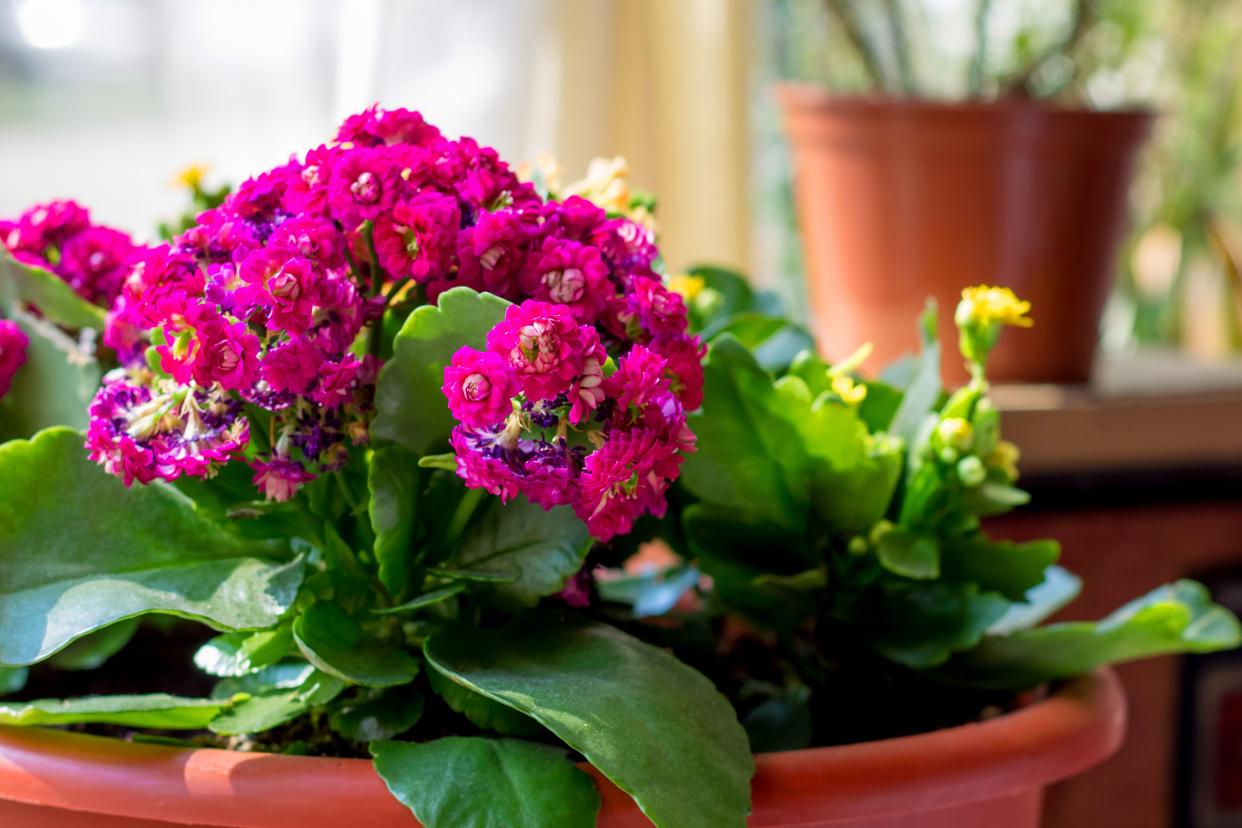
Kalanchoe is a common houseplant known for abundant flowers that come in many shades of yellow, orange, pink, and red. But its leaves and stems contain a toxin called bufadienolides (also known as cardiac toxins) that can cause gastrointestinal upset in cats and dogs; large amounts can cause damage to the heart.

Though most known as an outdoor shrub, the oleander is popular for its evergreen qualities and delicate, colorful flowers. They are most commonly found in warmer climates — and are poisonous not just to dogs and cats, but larger animals such as horses and cattle. All parts of the plant can cause heart problems in animals due to its high concentration of toxins called cardenolides.
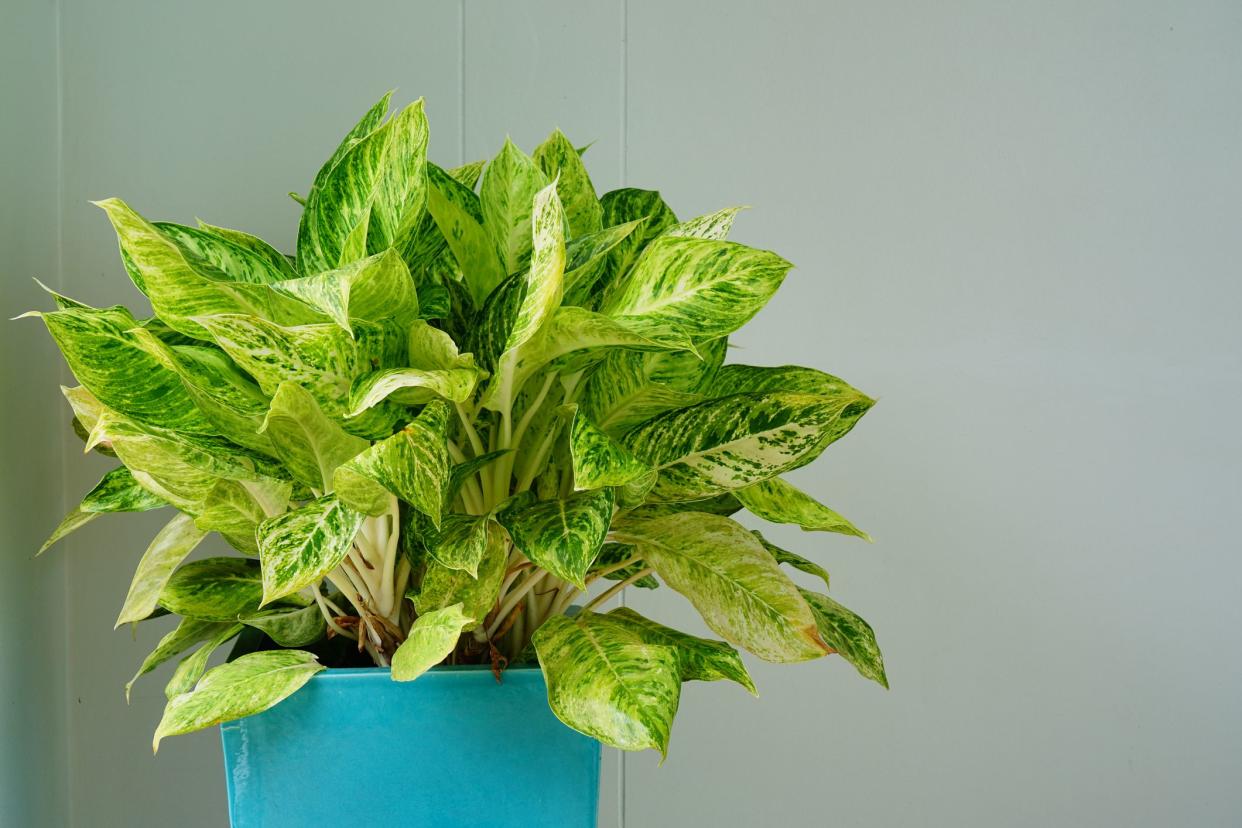
A common houseplant, Dieffenbachia contains calcium oxalate crystals that can cause gastrointestinal distress in pets when ingested. In very rare cases, biting or chewing into the plant can cause inflammation of the upper airway that requires immediate medical attention.

Daffodil flowers contain lycorine, which triggers vomiting when ingested. The bulbs, in particular, contain crystals that can cause gastrointestinal irritation and drooling in dogs, horses, and cats. Ingestion of any part of the plant can cause vomiting, diarrhea, abdominal pain, and even cardiac and respiratory problems.

Lily of the Valley, or Convallaria majalis, contains cardiac glycosides that can cause acute kidney failure when ingested by cats and dogs. The main symptoms include vomiting, diarrhea, and a drop or increase in heart rate. Seek immediate veterinary attention if your pet ingests this plant; it is highly dangerous.
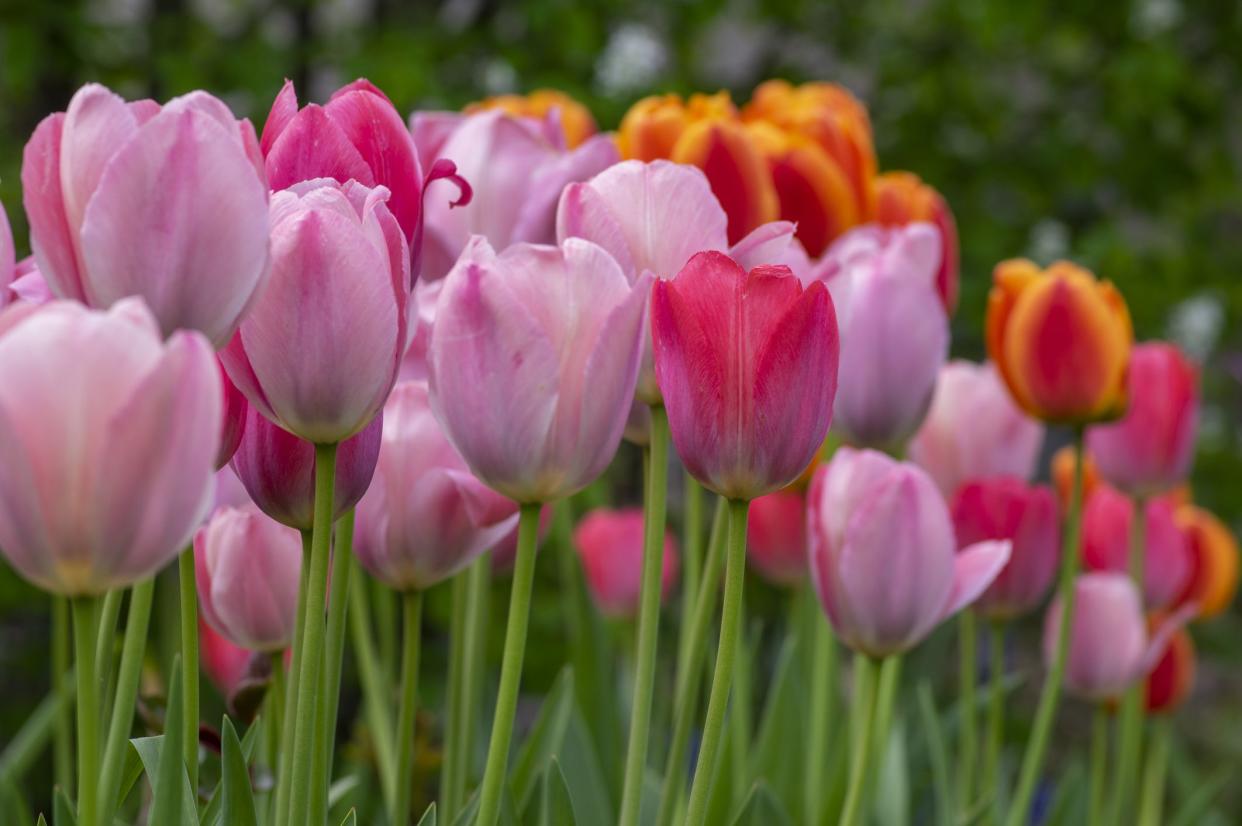
Part of the Liliaceae family, tulips are beautiful and come in many different colors, making them popular and commonly sold in supermarkets. They also contain allergenic lactones and alkaloids that are highly poisonous to dogs. The bulbs contain the highest amount of lactones, and can cause tissue irritation to the mouth and esophagus when chewed or ingested.
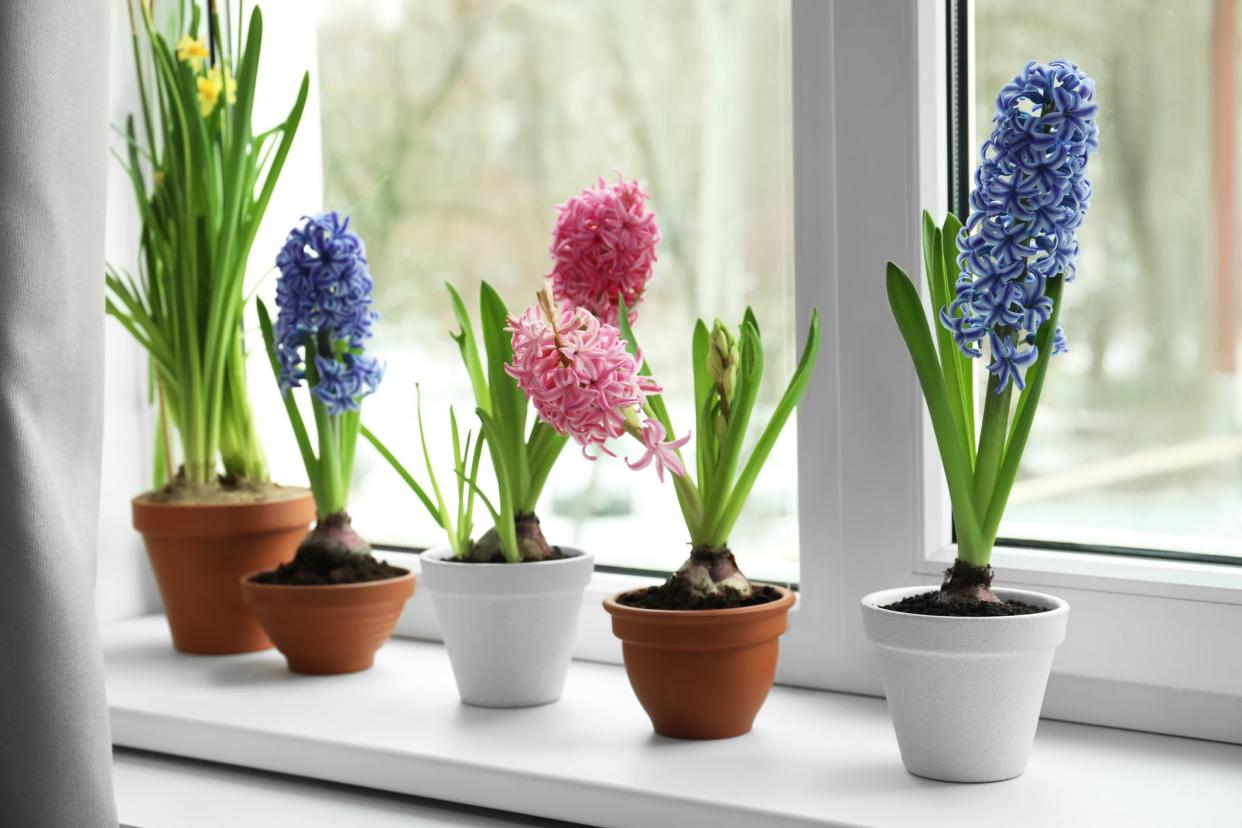
Like tulips, hyacinths are part of the Liliaceae family and should be kept away from pets. If you suspect your cat or dog has ingested hyacinths or tulips (particularly the bulbs), contact your veterinarian right away. Vomiting, diarrhea are common results, and excessive drooling is a symptom.
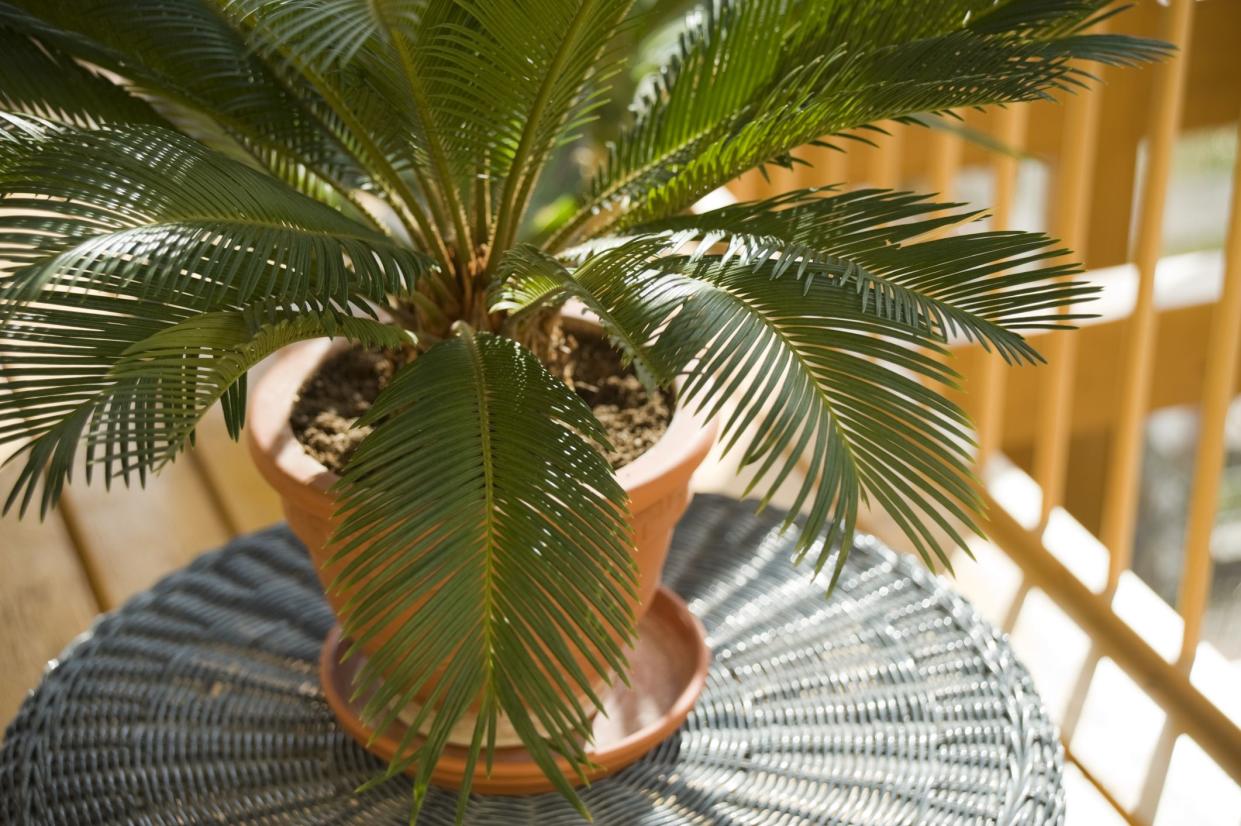
Found growing in tropical climates, sago palms are a good choice for ornamental houseplants because they are easy to care for. All parts of the plant are considered poisonous to animals, though — with the seeds being the most toxic. Sago palm contains cycasin, a toxic agent that can cause liver failure in dogs. Symptoms such as lethargy, vomiting, and diarrhea may appear within 15 minutes after ingestion.
